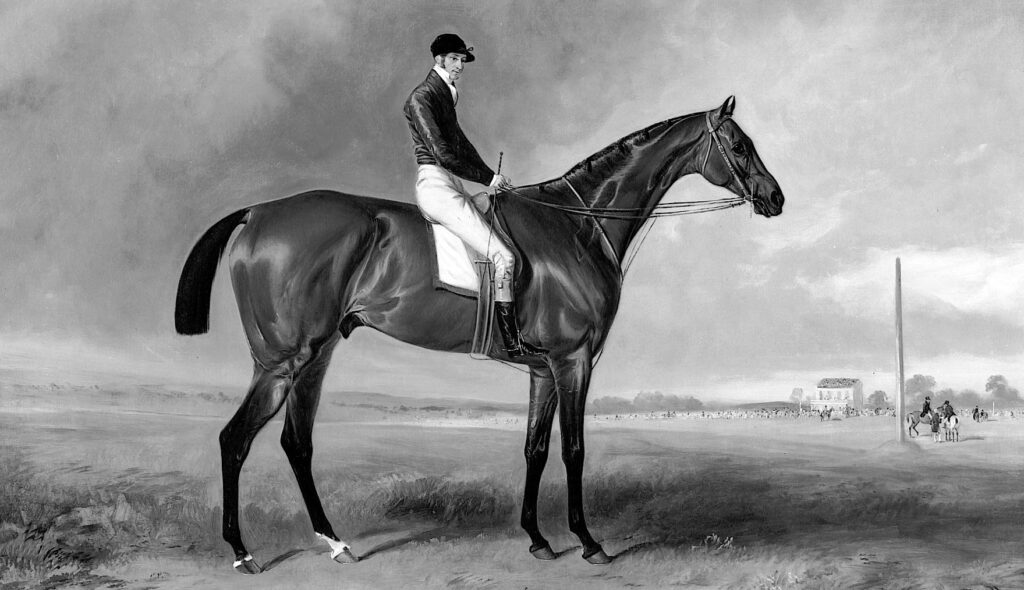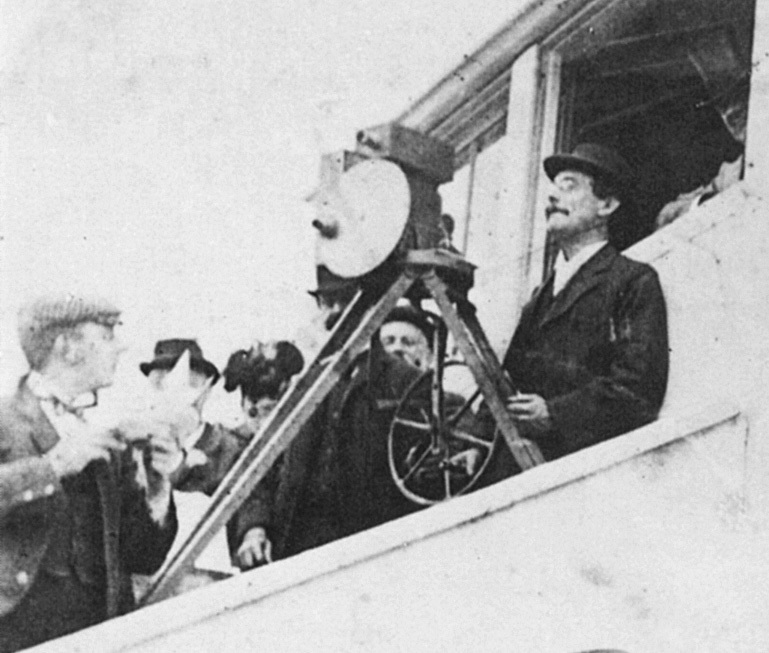Who won the Derby ? – Spreading the News
The most dramatic change in the history of the Derby has been in the speed and the method by which the result has been transmitted.
From when Sir Charles Bunbury’s Diomed won the first Derby in 1780, it took a few years and some notable winners for the racing fraternity to acknowledge and promote the Derby.
Certainly, the 12th Earl of Derby’s success with Sir Peter Teazle in 1787 helped and later, when Champion won both the Derby and St Leger in 1800, the race begun to be accepted as an elite prize.
The final acknowledgement, however, came in 1827, when the Derby, Oaks and St Leger were grouped together in the Racing Calendar as “The Three Great Races”.
It follows that, for the first 40 years, the majority of people who wanted to know the result of the Derby had to be at Epsom. In the meantime, the staff of the training stables left behind would have to wait for the returning parties to be told who had won. As the prestige of the race grew, so did the outside interest in the betting. Stagecoaches would bring details of the race to the Coaching Inns, although carrier pigeons were sometimes quicker and kept the result ‘confidential’ in places where betting would sometimes continue for a week after the race.
In 1830, the year the great Priam won the Derby, the railways took communications a giant step forward. Louis Henry Curzon describes an incident in his book “The Blue Ribbon of the Turf”, that not only gives the feel of the times, but, exposes the lengths that gamblers would go to in order to gain an advantage.
“Priam! It’s Priam that’s won I tell you. I heard the guard say so.”

It must have been on the Saturday forenoon after the Derby of 1830 (the race run the previous Thursday) that I heard these words spoken by a stableman at one of the Hotels in the town of Haddington. I did not at the time know to what they related, being then a boy of some six years or so at school there. I soon became enlightened by a bigger boy, who told me Priam was a horse, and that it was the Derby it had won.
Next year some of us boys took such an interest in the race that half a dozen went two miles out of town to learn the news of Spaniel’s victory. A man on horseback was before us, but we heard him get the tip, and, setting spur to his horse he galloped off to Edinburgh with the news by a cross road at full gallop. And next Derby the same man I noticed was again in waiting…”
Curzon later explains the mystery. “After leaving Haddington, by which town the mail came to Edinburgh, I discovered why a man on horseback had come there – a distance of 17 miles – to obtain from the guard the news of ‘what had won’. On some occasions there were as many as five messengers employed to bring on the news of what horse had won the Derby…. and the speed of their horses, were able on some occasions to beat the stage-coaches by as much as 25 minutes, which enabled those who had arranged the express to do a good deal of business…”.
In conclusion, the ‘sting’ took place in the Black Bull in Edinburgh, where up to 100 people would be waiting, “most of whom had backed something for the race and betting would go on till the mail reached the post-office. Meantime, two or three in ‘the know’ had ample opportunity for laying the horse that had lost the race and backing the one that had won it.”
Fifty years on, technology had produced the ‘ticker-tape’ and when the American owned and bred Iroquois, won the Derby in 1881, the transatlantic telegraph sent the coded message ‘IROPERTOW’ to the New York Stock Exchange, informing them the result: first IROquois, second PERegrine and third TOWn Moor. After which, bedlam broke out, quickly followed by chaos, when all Wall Street came to a halt and for a few minutes the New York Stock Exchange ceased trading entirely.
From the end of the 19th century, ‘communications’, or later, ‘the media’, focused their attention on the Derby with the following innovations:
In 1895, the Derby, with a record attendance of 750,000, was filmed by the English pioneering cinematographer Birt Acres; this the earliest piece of moving film in existence, shows just 50 seconds of Sir Visto’s Derby victory with the crowds rushing across the course after the finish.

When at Racing Post I had the privilege of verifying details of the footage, then part of a collection owned by Ray Henville, a retired civil servant, before it featured on the TV show Schofield’s Quest.
In the early 1900’s, it was just possible, to hear a commentary on the Derby by a “cat’s whisker” radio. However, from 1931, BBC radio commentaries became an annual event. Also in 1931, the BBC made a crude attempt to televise the race, when a camera stationed at the winning post recorded the horses as they finished. This however, was the first TV recording of any sporting event in the world!
In 1913 the Gaumont Company set up cameras at Tattenham Corner, historically capturing the suffragette tragedy. Then from 1919, Pathe News recorded the race, and with very few exceptions these can still be seen on You Tube.
Following on, many TV Companies have televised the Derby including the BBC, Channel 4, ITV and more recently Racing TV, from which people can watch the race on their phones and place their bets in running.
From pigeons and stage coaches, sending the Derby result has come a very long way.
Footnote: Priam was the greatest horse of his era, winning14 of his 16 races. At stud he sired three Oaks winners in four years, including Crucifix, who also won both the One Thousand Guineas and the Two Thousand Guineas. Sent to America, Priam was their Champion Sire four times in five years from 1842-1846.
For more Racing History see Michael’s Books for Sale. To see Michael’s interviews go to the foot of About Michael